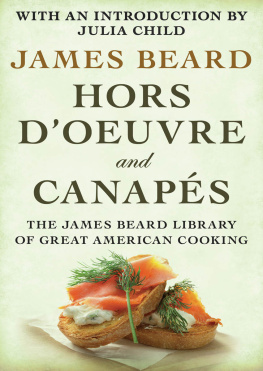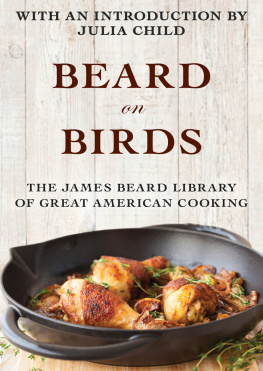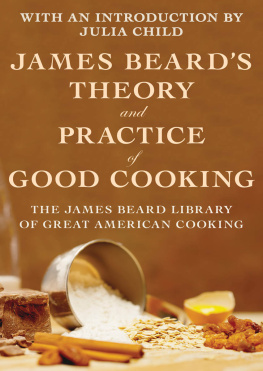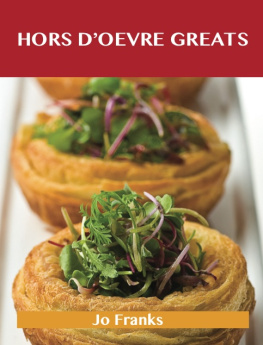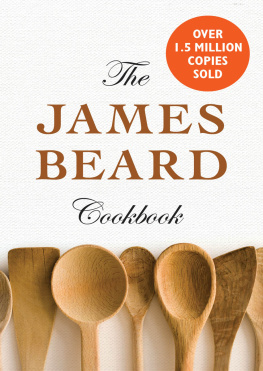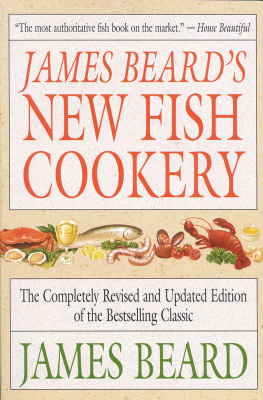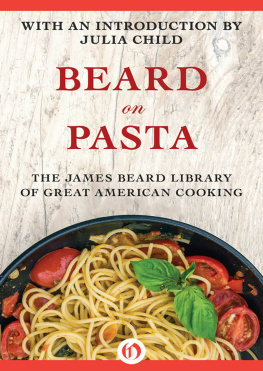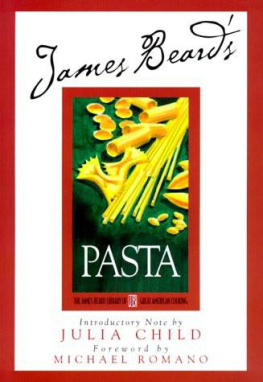Hors dOuevre and Canaps
James Beard
Introduction by Julia Child

Contents
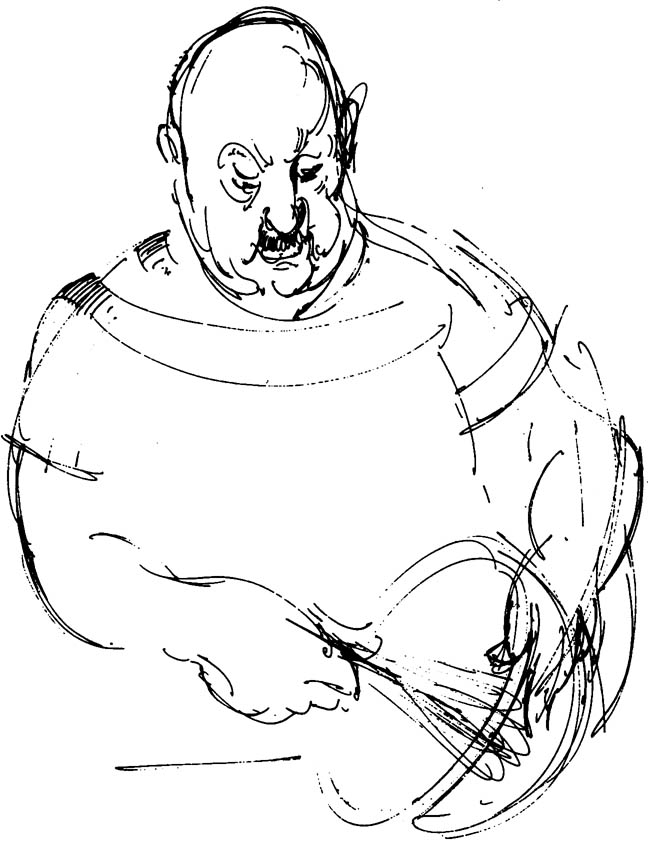
Introductory Note
It is wonderful for all of us who treasure James Beard to know that his works are being kept alive for everyone to enjoy. What a pleasure for those of us who knew Jim to read him again, and what a treasure and happy discovery for new generations who will now know him. He reads just as he talked, and to read him is like being with him, with all his warmth, humor, and wisdom.
Beard appeared on the American culinary scene in 1940, with his first book, Hors dOeuvre and Canaps, which is still in print more than fifty years later. Born in Portland, Oregon at the beginning of this century, he came from a food-loving background and started his own catering business after moving to New York in 1938. He soon began teaching, lecturing, giving culinary demonstrations, writing articles and more books (eventually twenty in all). Through the years he gradually became not only the leading culinary figure in the country, but The Dean of American Cuisine. He remains with us as a treasured authority, and the James Beard Foundation, housed in his own home on West 12th Street in New York, keeps his image and his love of good food very much alive.
Beard was the quintessential American cook. Well-educated and well-traveled during his eighty-two years, he was familiar with many cuisines but he remained fundamentally American. He was a big man, over six feet tall, with a big belly, and huge hands. An endearing and always lively teacher, he loved people, loved his work, loved gossip, loved to eat, loved a good time.
I always remember him for his generosity toward others in the profession. For instance, when my French colleague, Simone Beck, came to New York for the publication of our first book, my husband and I knew no one at all in the food business, since we had been living abroad for fifteen years. Nobody had ever heard of us, but our book fortunately got a most complimentary review from Craig Claiborne in the New York Times. Although we had never met him before, it was Jim who greeted us warmly and introduced us to the New York food scene and its personalities. He wanted friends to meet friends, and he literally knew everyone who was anyone in the business. He was not only generous in bringing them together, but eager that they know each other. It was he who introduced us to the late Joe Baum of the then-famous Restaurant Associates and The Four Seasons, among other famous restaurants. He presented us to Jacques Ppin, at that time a young chef from France who was just making his way in New York, and to Elizabeth David, Englands doyenne of food writers, as well as to many others.
It was not only that he knew everyone, he was also a living encyclopedia of culinary lore and history, and generous about sharing his knowledge. So often when I needed to know something about grains, for instance, I would call him and if the information was not right in his head, he would call back in a few minutes either with the answer or a source. This capability and memory served him well in his books and articles, as well as in conversation and in public interviews.
James A. Beard was an American treasure, and his books remain the American classics that deserve an honored place on the shelves of everyone who loves food.
Julia Child
April 1, 1999
Foreword
The thing we need to know about James Beard is that he not only knew the difference between a canap and an hors doeuvre, he also knew enough not to put an s on oeuvre in the plural formeven if he had to rely on a French chef (who has not passed the test of time as well as Beard) to explain why.
Actually, his explanation for omitting the s is the keythen as nowto what hors doeuvre and canaps are all about: they are outside the corpus or main body of the menu. They are what comes before the meal, intended to excite the mind and tease the appetite (lets not get into what an appetizer is)without dulling the desire for the food that is still to come.
Canaps, bite-sized and on toast or a cracker, are a kind of hors doeuvre. The difference? Simply put, beluga caviar on a piece of toasted English muffin would be considered canap; a kilo tin of caviar placed on a table served with pieces of English muffin would constitute hors doeuvre.
Once one appreciates the nuances of Hors dOeuvre and Canaps, one realizes that very little, if any, of the material has aged. Perhaps Chicken Roll with Tongue has fallen out of favor with the passing of fashion. But New England Codfish Cakes will be on tomorrows menu at, say, Jasper Whites latest in style restaurantand if those tempting morsels are small enough, they will work to excite, not satiate, the appetite, leaving it poised and ready for the next flavors.
When, in 1962, Beard set out to re-edit the 1940 edition of this work, he realized that he and his business partners had indeed been visionaries: the job would not be as tough as he had expected. Faced with the task of commenting on this same work todaysome forty years laterI, too, realize just how timely it remains.
Like James, I too believe in avoiding what we hate about teaser or cocktail food: portions that are too big to eat in a mouthful (there goes the Armani!), fruit and cheese stuck with bamboo skewers like matadors banderillas in a defeated bull, garlic-doused prawns that function as social repellent, or proscuitto and melon wraps that inevitably turn soggy.
As the instigator of new American cuisine, the movement that encourages using only the finest local and regional product, I was tickled to read in the final chapter that every year more and more American firms are becoming interested in developing products as distinctive as the formerly imported ones. This comment lead me to think that, as usualbut especially with James Beardthe more things change, the more they stay the same. When Beard talked food, he talked in timeless truths.
No doubt everyone who reads this book will savor all of its bits and piecesfrom the range of delectable, earthy, and elegant recipes, to its authors advice, wisdom, opinions, prejudices, and enthusiasm.
Jeremiah Tower
April 25, 1999
Introduction to the Revised Edition
It is very gratifying to find that a book I wrote nearly forty-five years ago is still in demand. It was then a pioneering book, written in the hope of promoting intelligent and delicious food for the American cocktail hour. Now it turns out also to have been a durable basic book on the subject.
It all began, I believe, in the mid-1930s when I first met Bill Rhode and his sister Irma in New York. We had many interests in common, notably love of good food and drink. We shared many ideas and preferencesnot to say prejudicesabout food, and in the course of trying out our own cooking on each other and spending hours in discussion about it, we agreed we both wanted to go into the food business.
Next page
